The Knott Memorial Hall was given to the village of Heddon by Sir T. Garbutt Knott, in memory of his parents, Sir James and Lady Margaret Annie Knott.
Initially the hall was to be a more elaborate construction, the initial plans of 1935 included higher wings at the north east and south west corners to provide a news and games room at one end and a caretakers flat at the other.
In view of the relatively small size of the village, at that time, and the existing news and games room at the Men's Institute, and the availability of other meeting rooms, it was decided to scale down the plans and use the money saved to create an endowment fund to assist with the future upkeep of the hall. This suggestion was agreed to by Sir Garbutt and his legal advisers, and the Hall in its present form was subsequently built in 1936.
The site upon which it was built formed part of the Church Banks, this had been for many years previous an unofficial playground for the village children.
Mr. L.Walton-Taylor of Heddon and Newcastle was the architect and the Hall was built by Messrs. Lowry of Newcastle. The original official opening ceremony was to have taken place on Saturday the 18th July, 1936 at 3pm by Lt.Col. Sir Alexander Leith, Bart, M.C; D.L, and the dedication service by the Venerable Archdeacon of Northumberland, a tea to be provided for all invited guests.
The tragic death of the vicar, The Rev. Harold Nixon, in a motoring accident whilst on holiday in Wales, brought a sudden cancellation of these plans. It was later officially opened by Mrs. G.E. Wilkinson of Wylam and dedicated by the Lord Bishop Billrough, of Newcastle, on the 24th October, 1936.


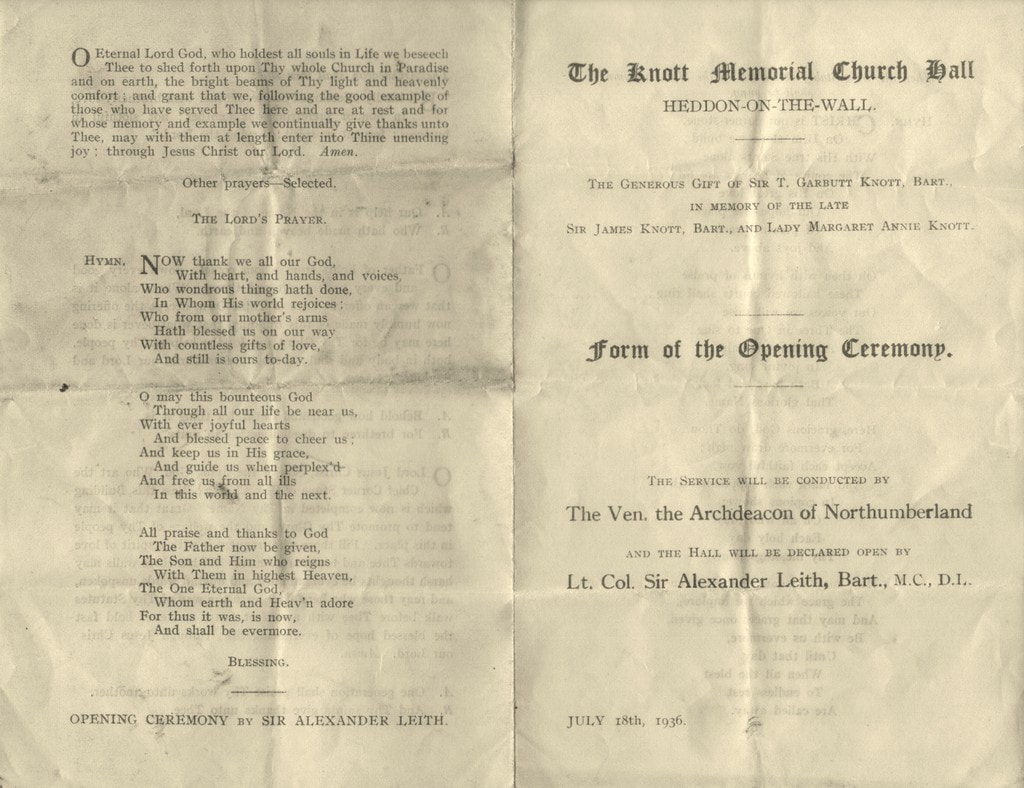
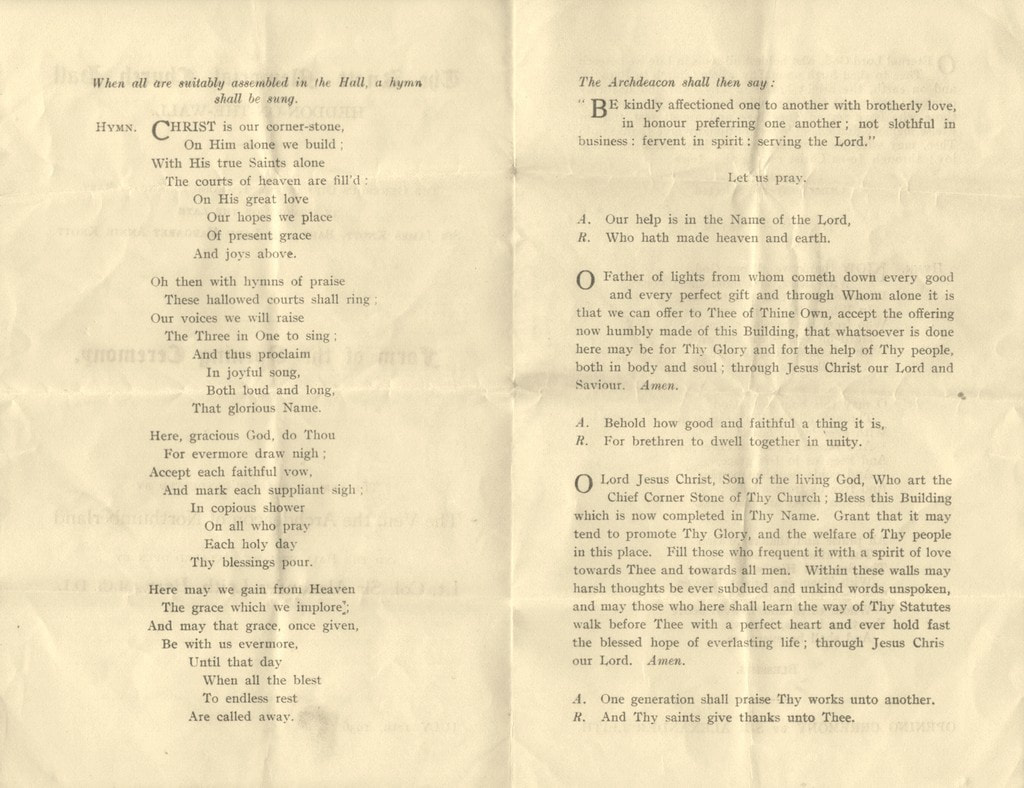
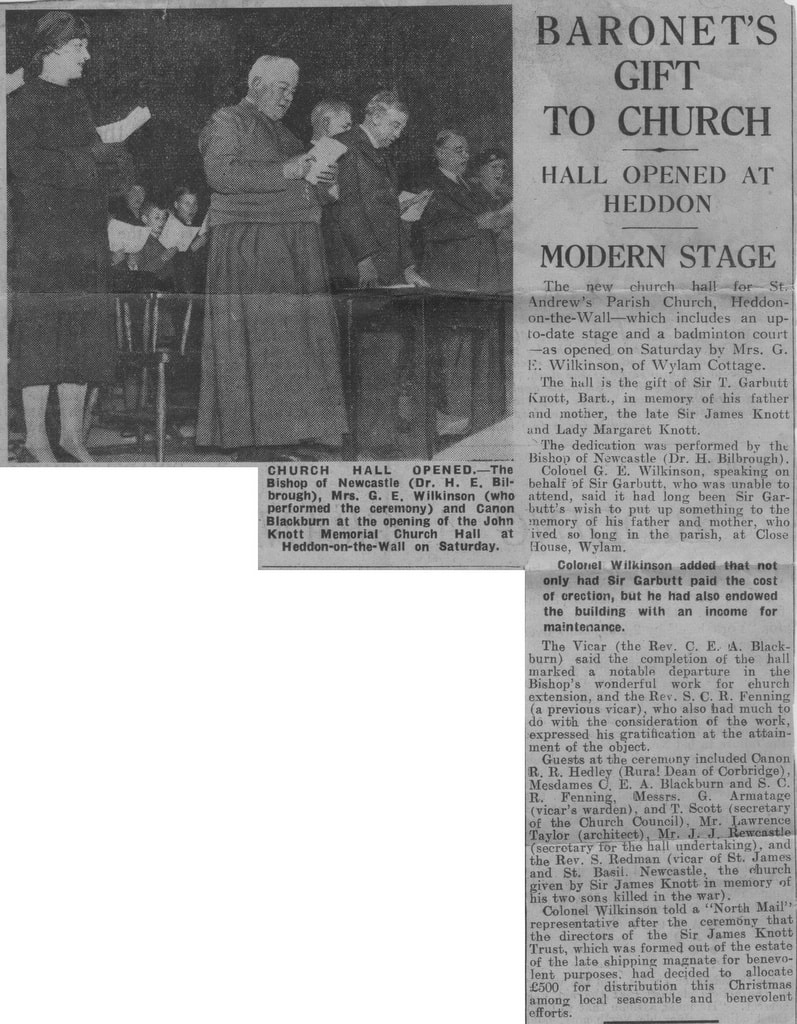
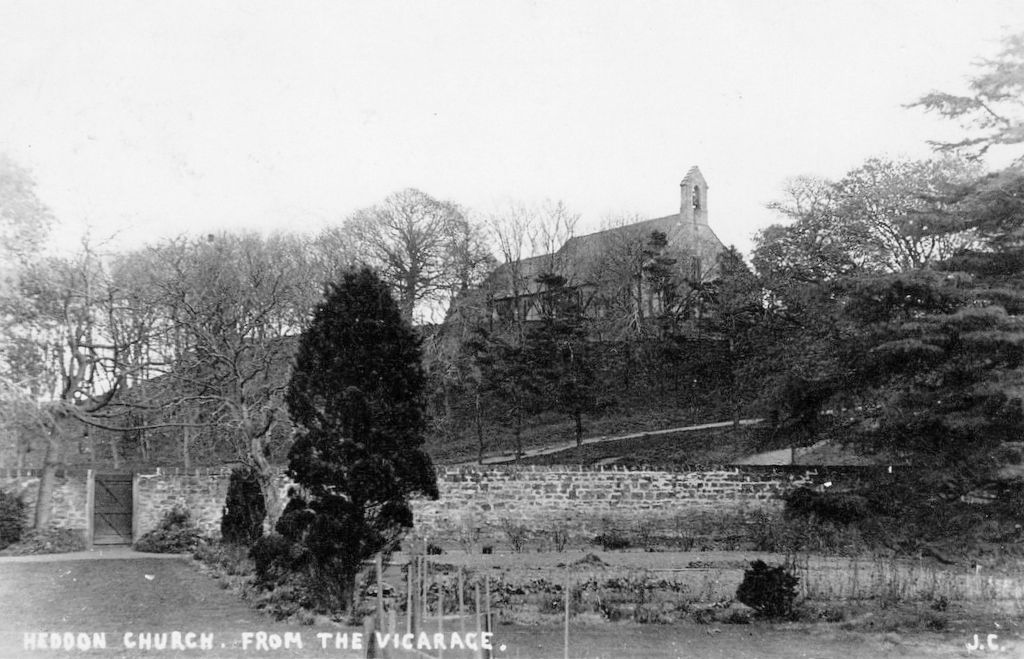
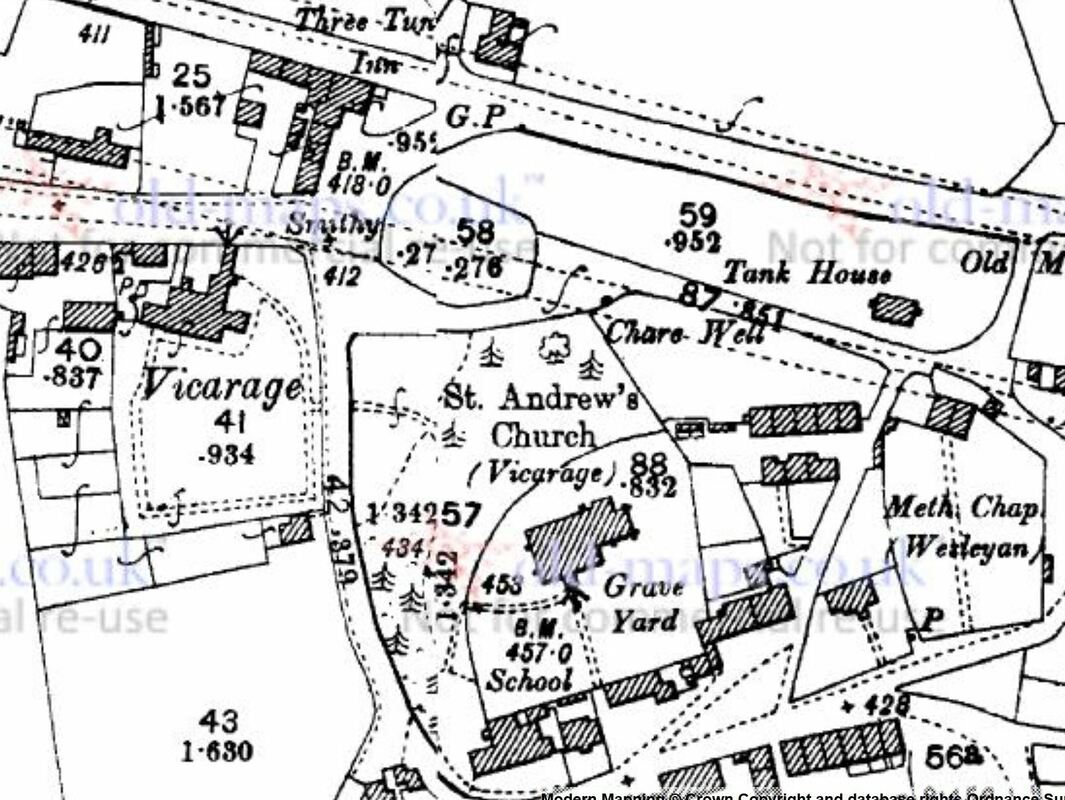
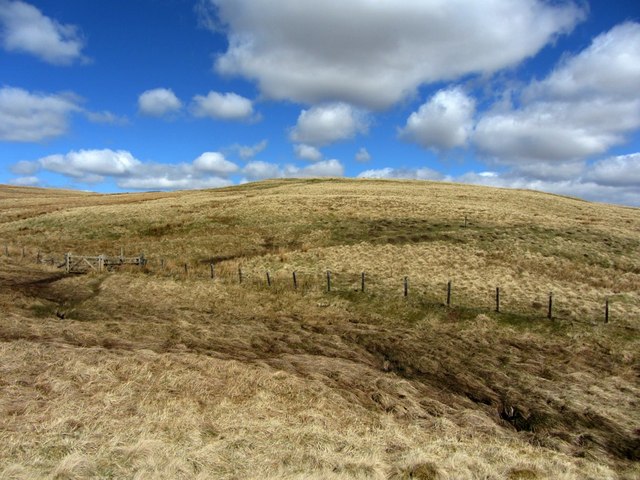
 RSS Feed
RSS Feed
